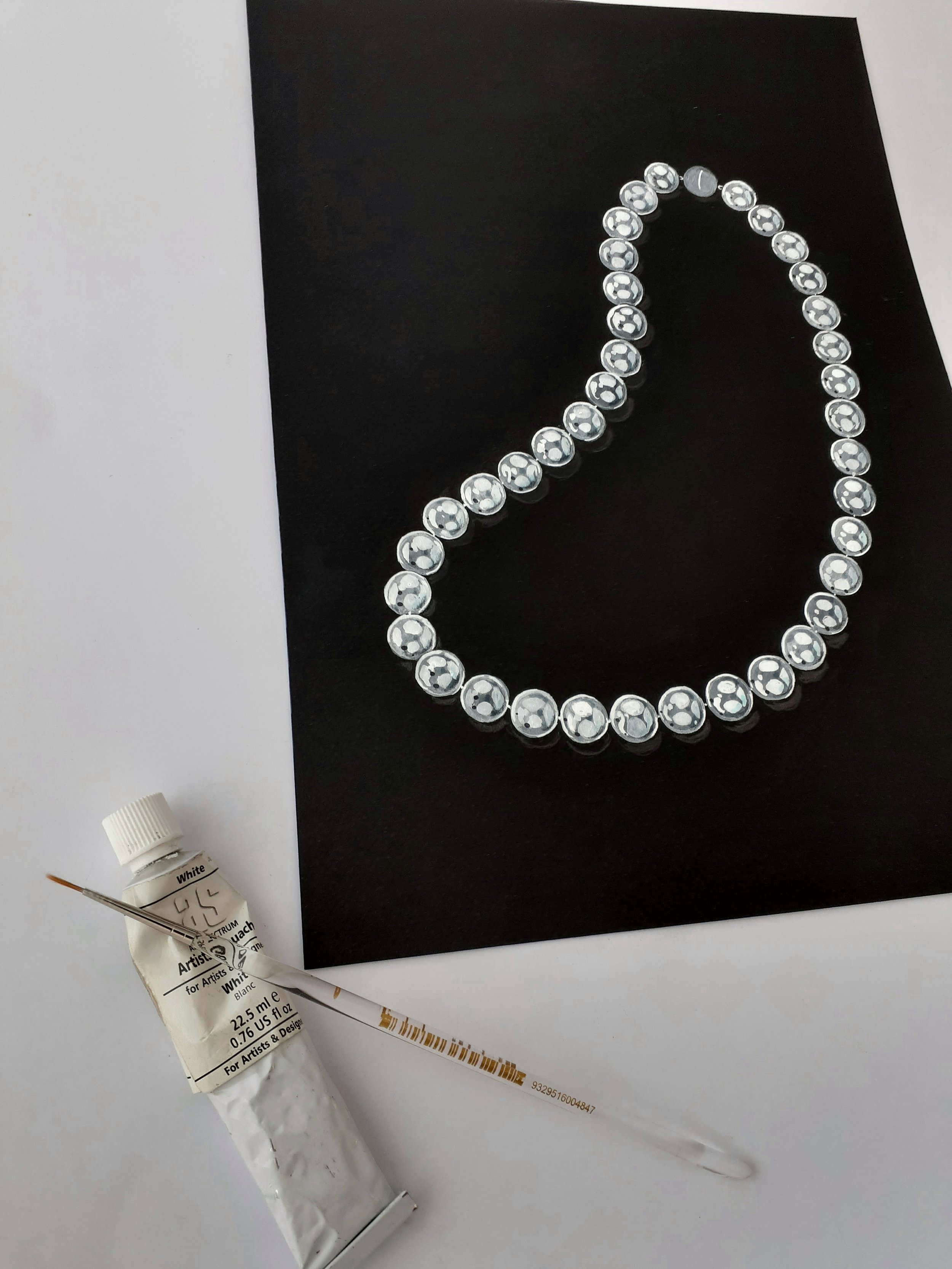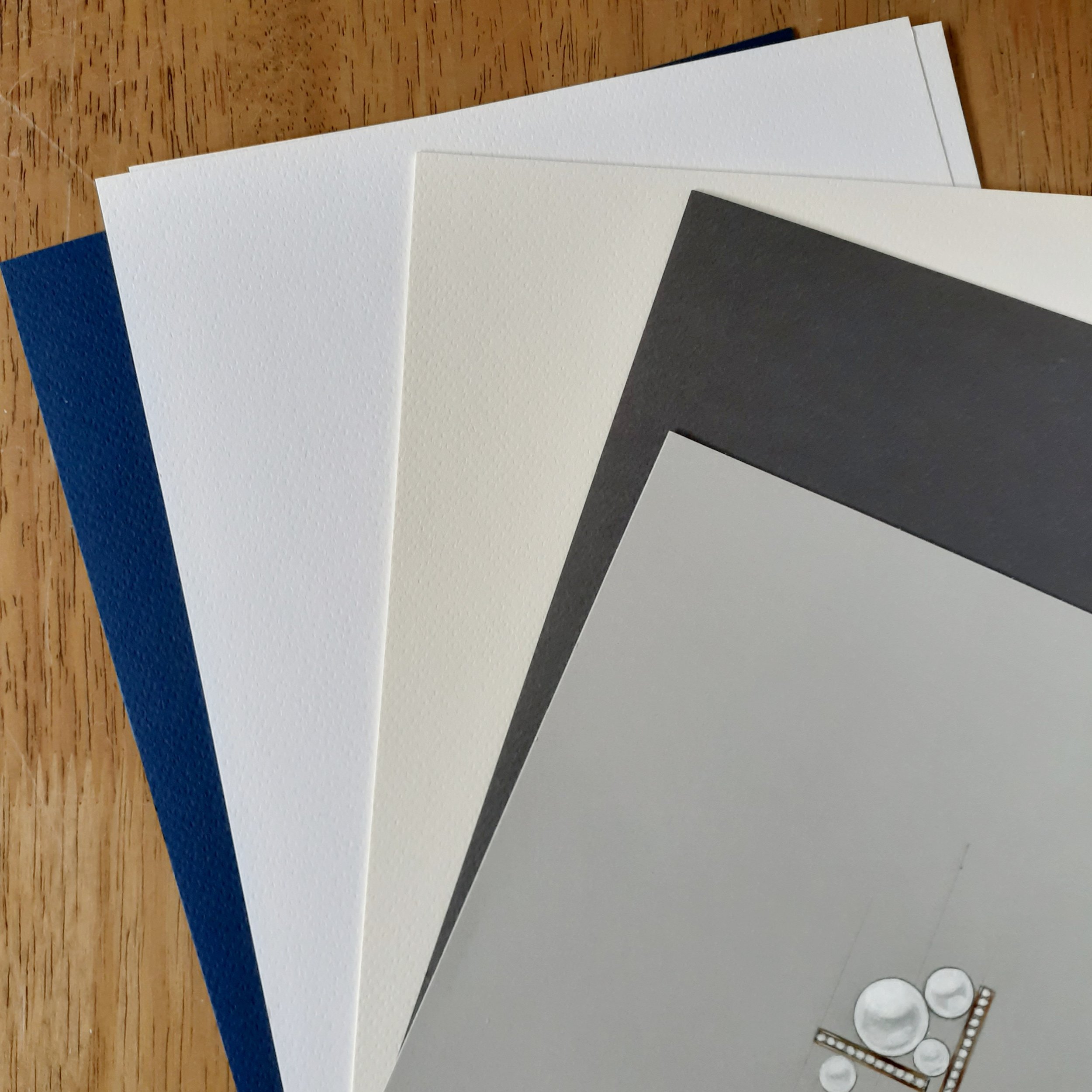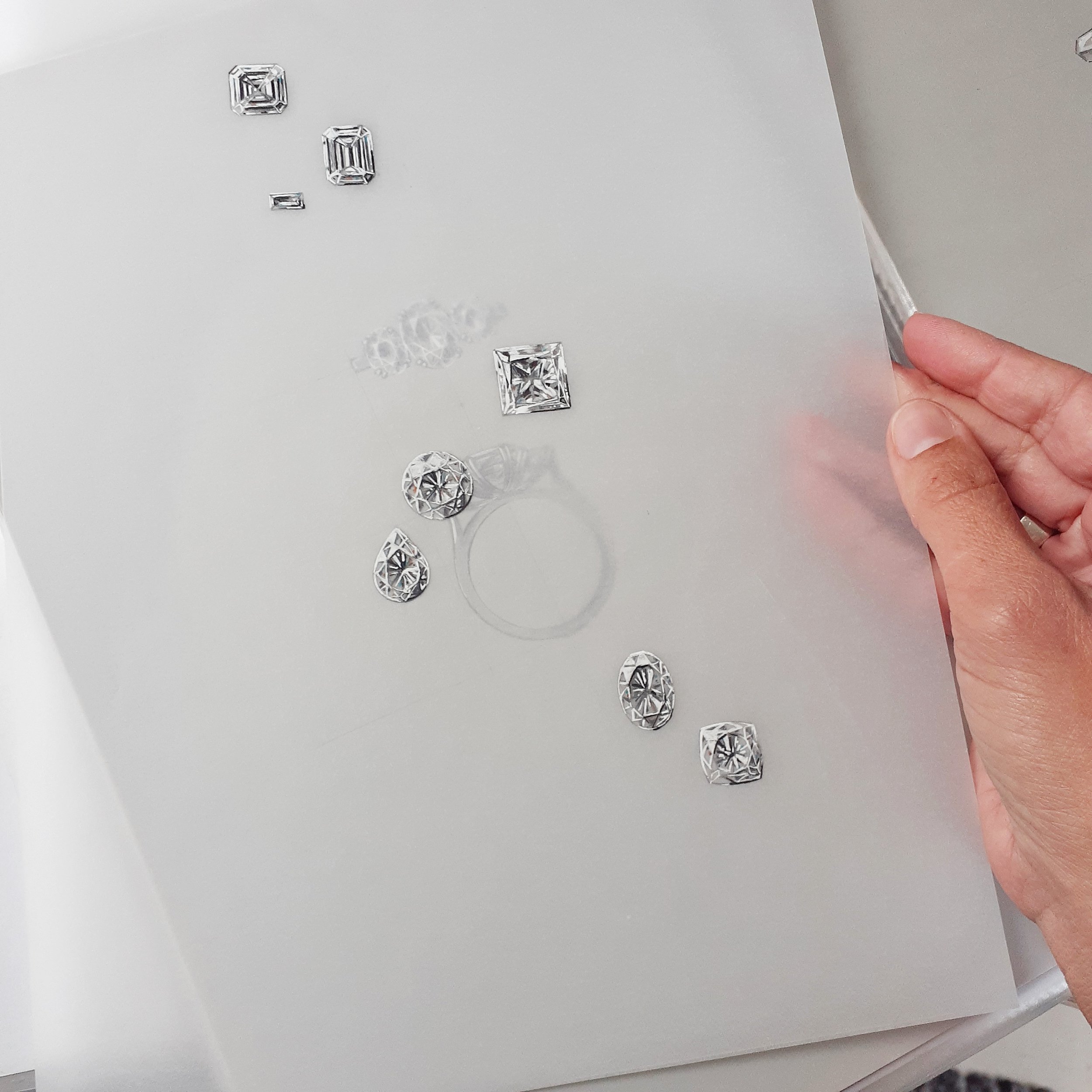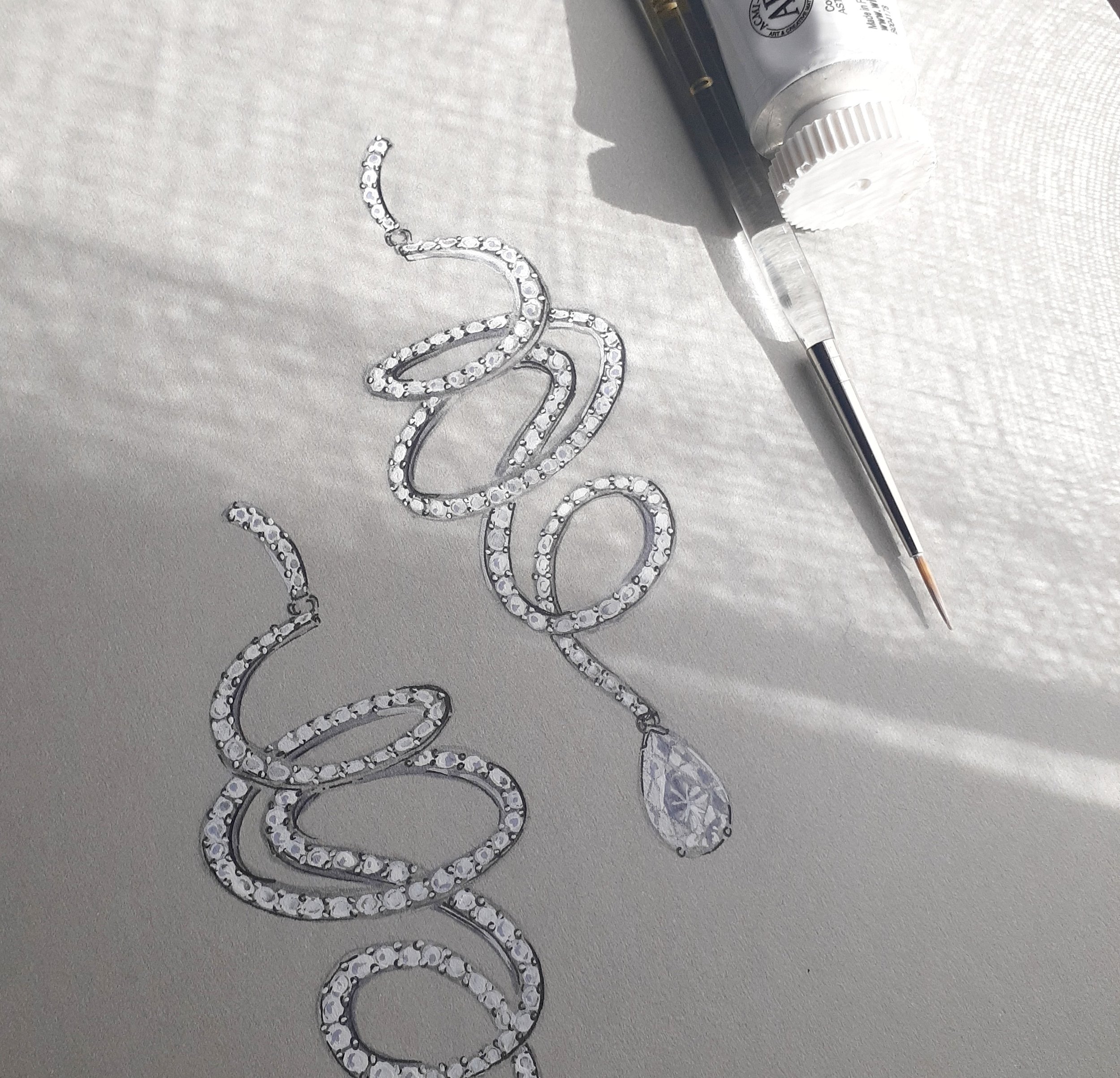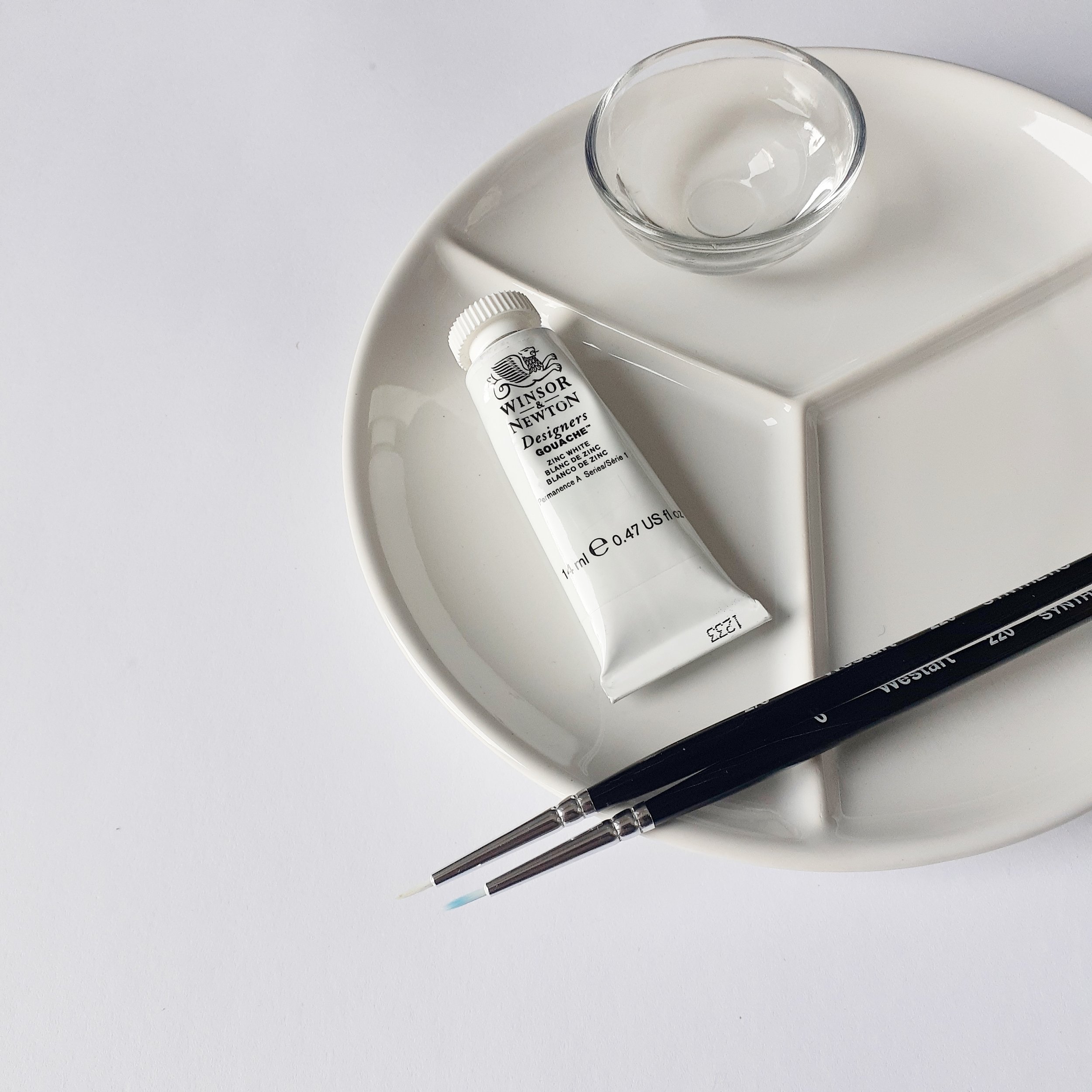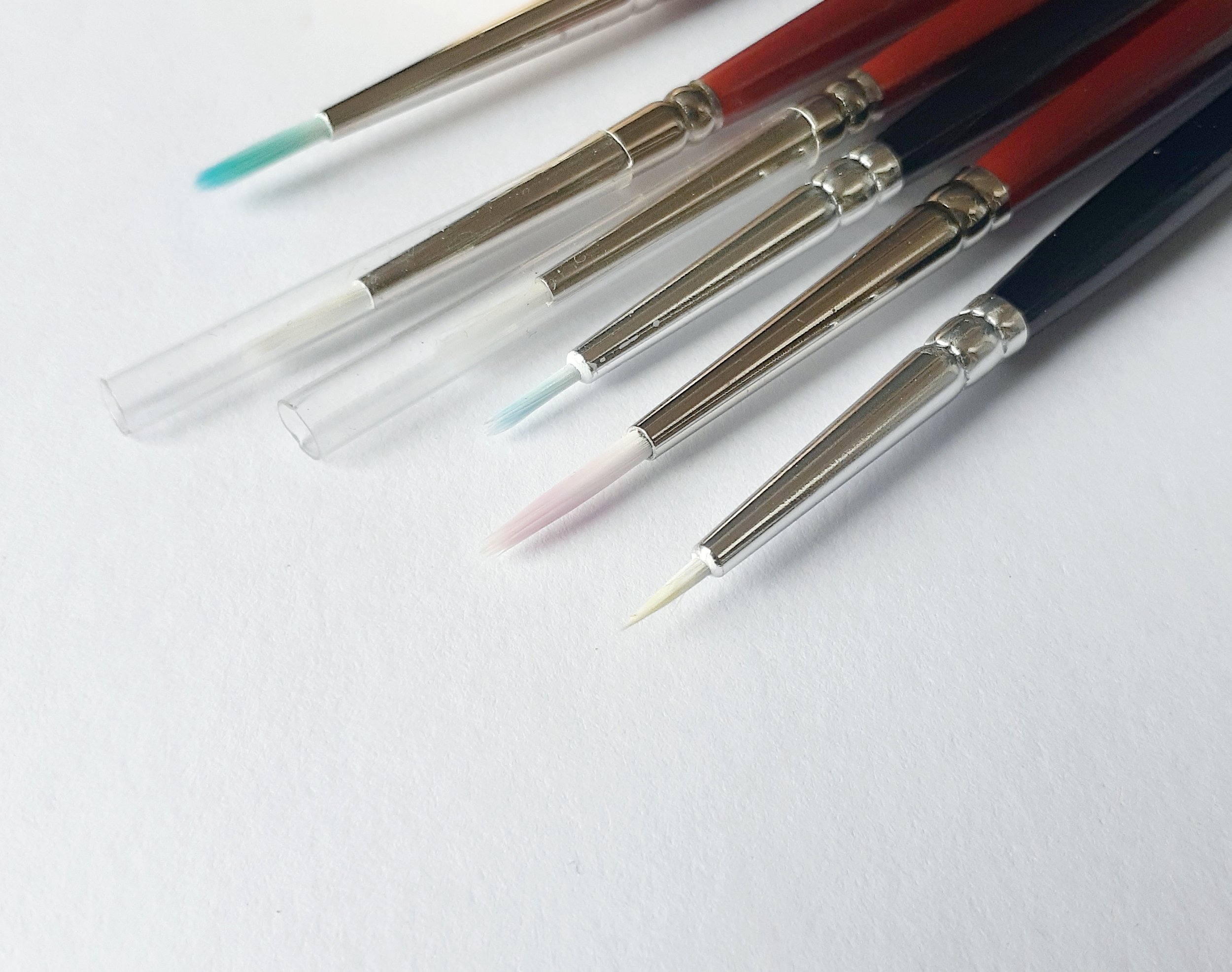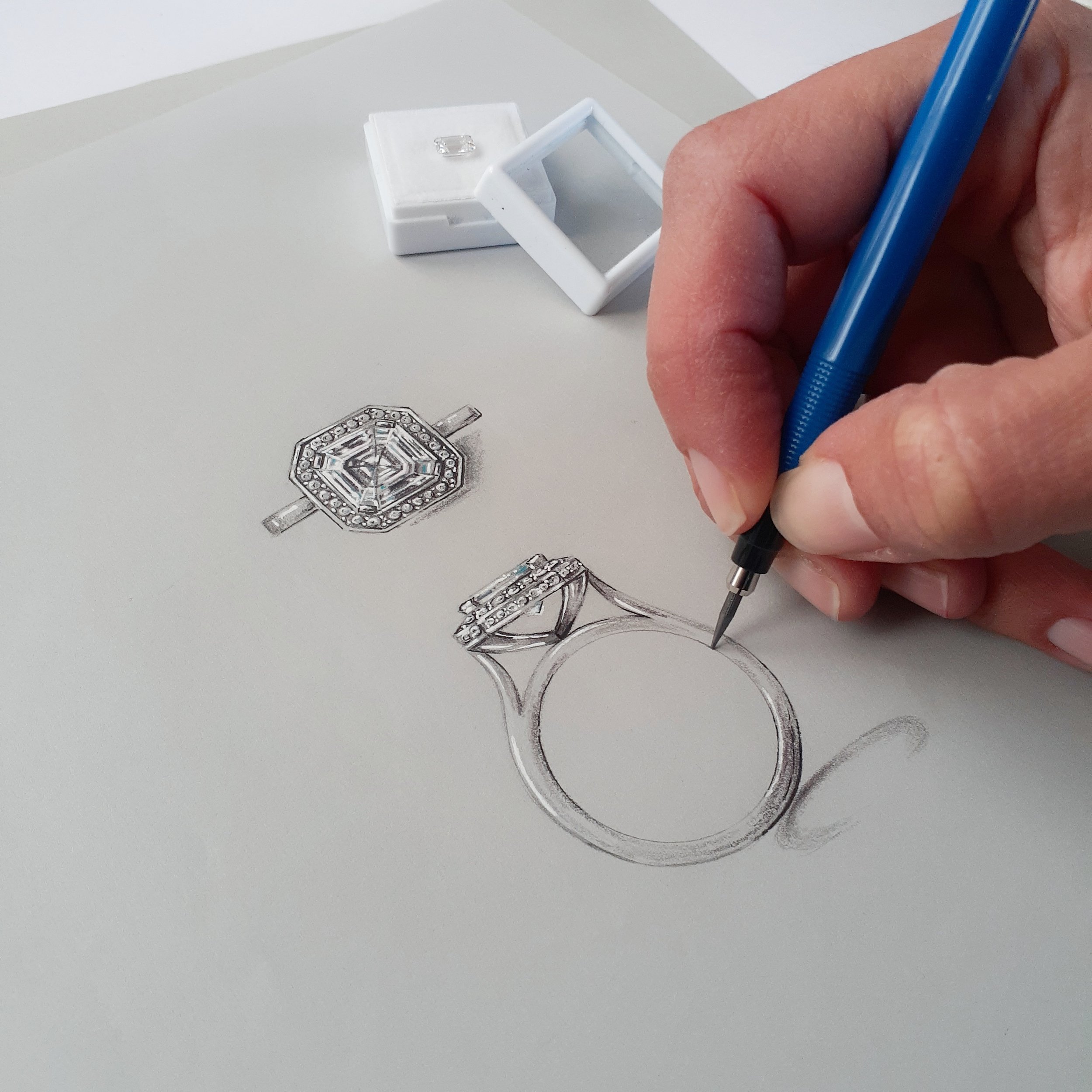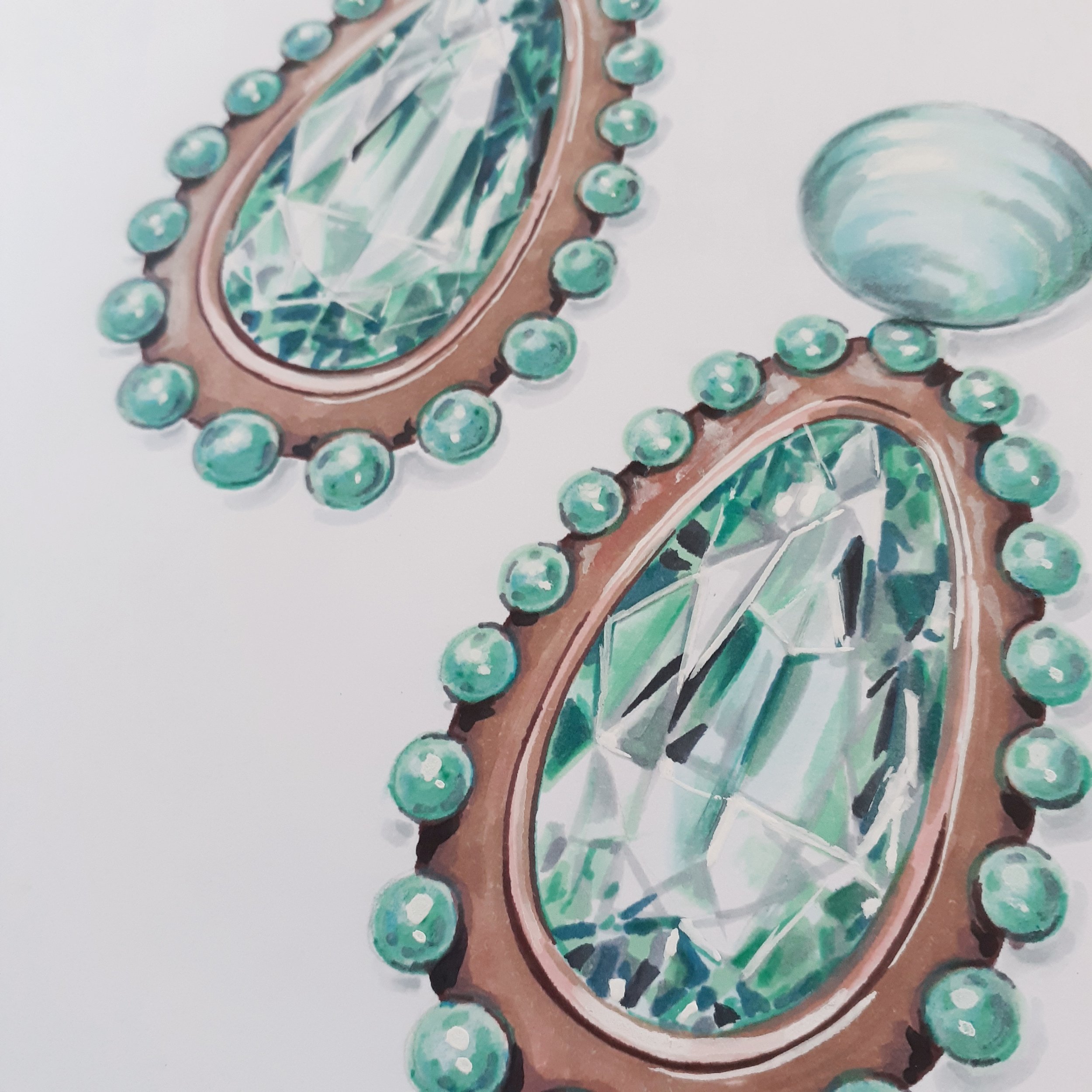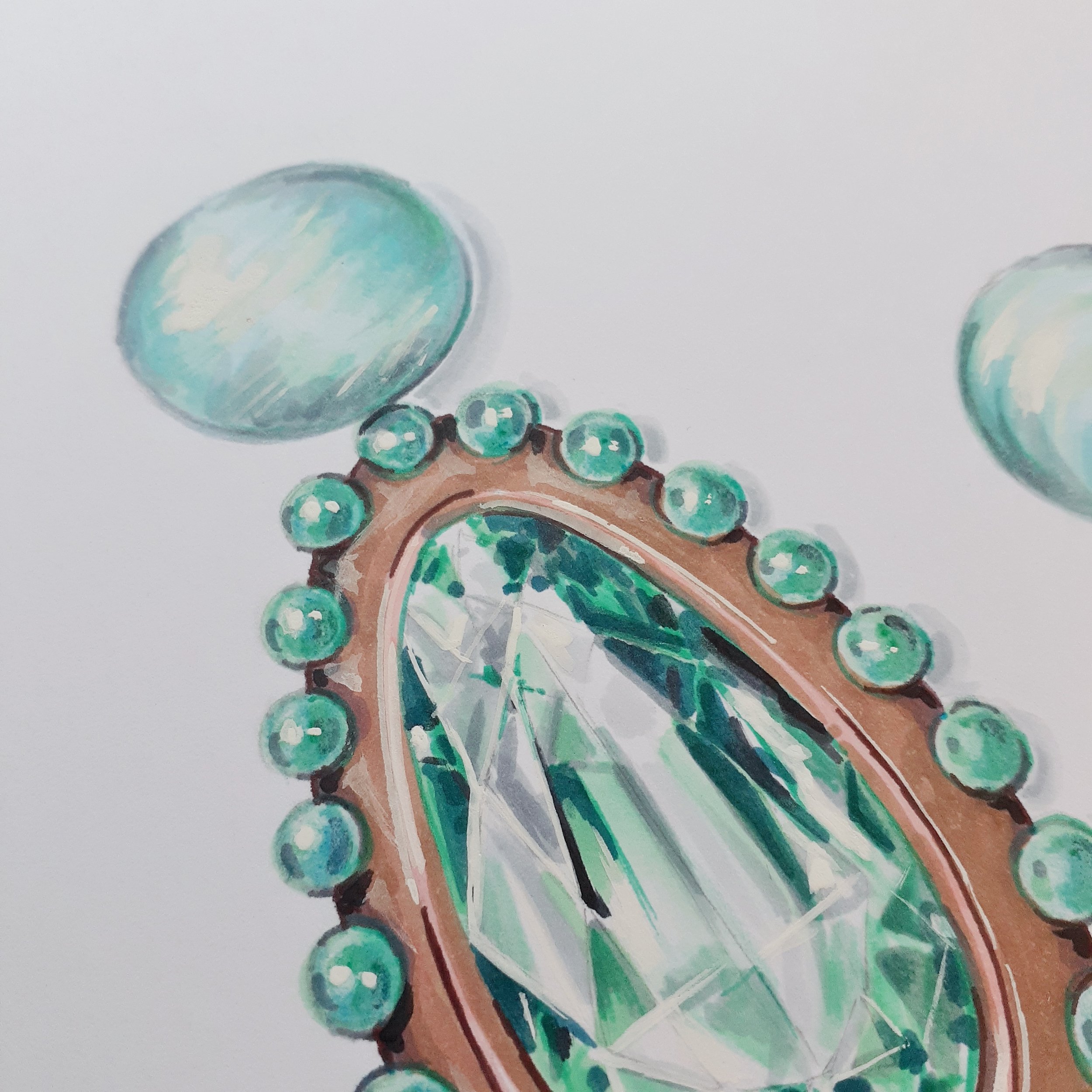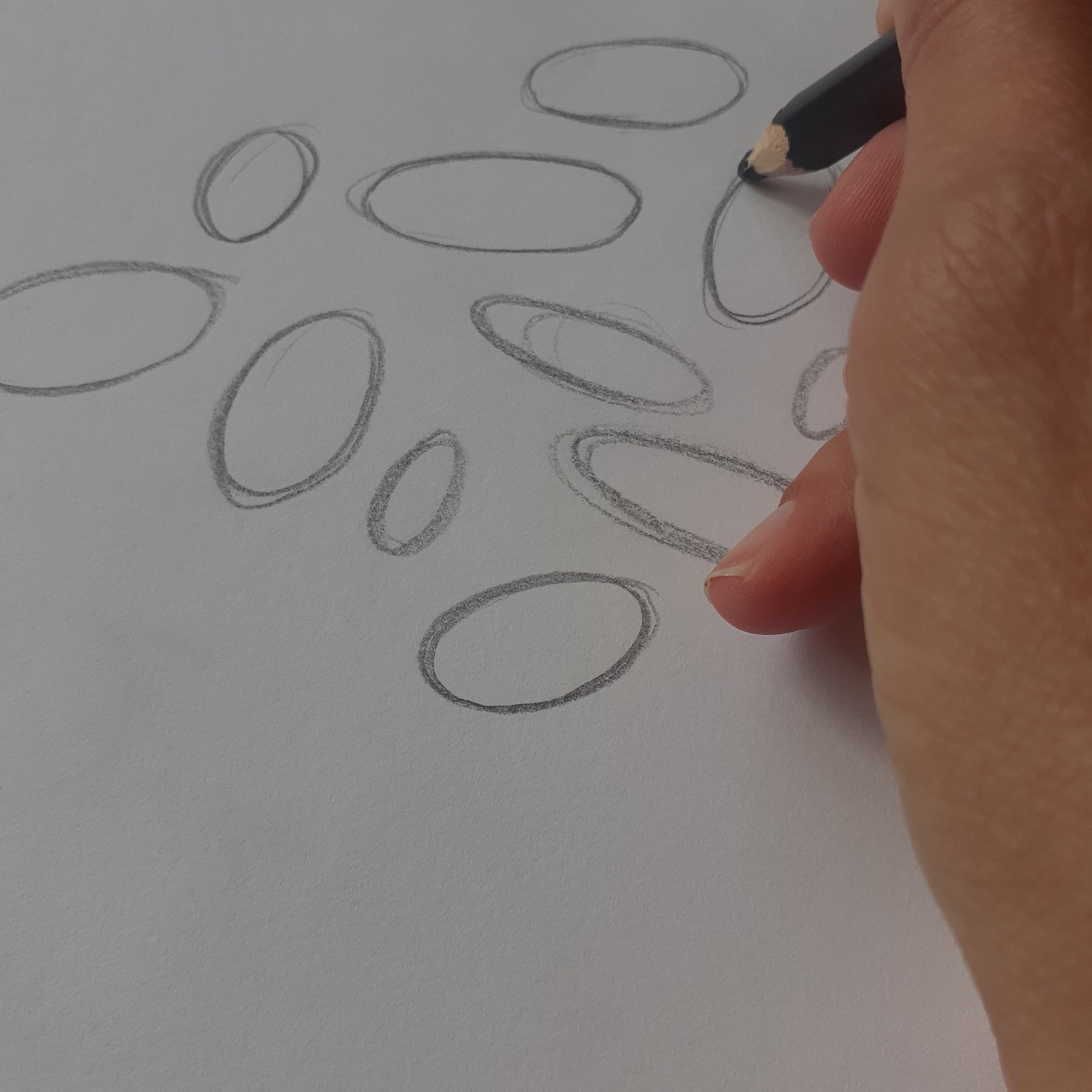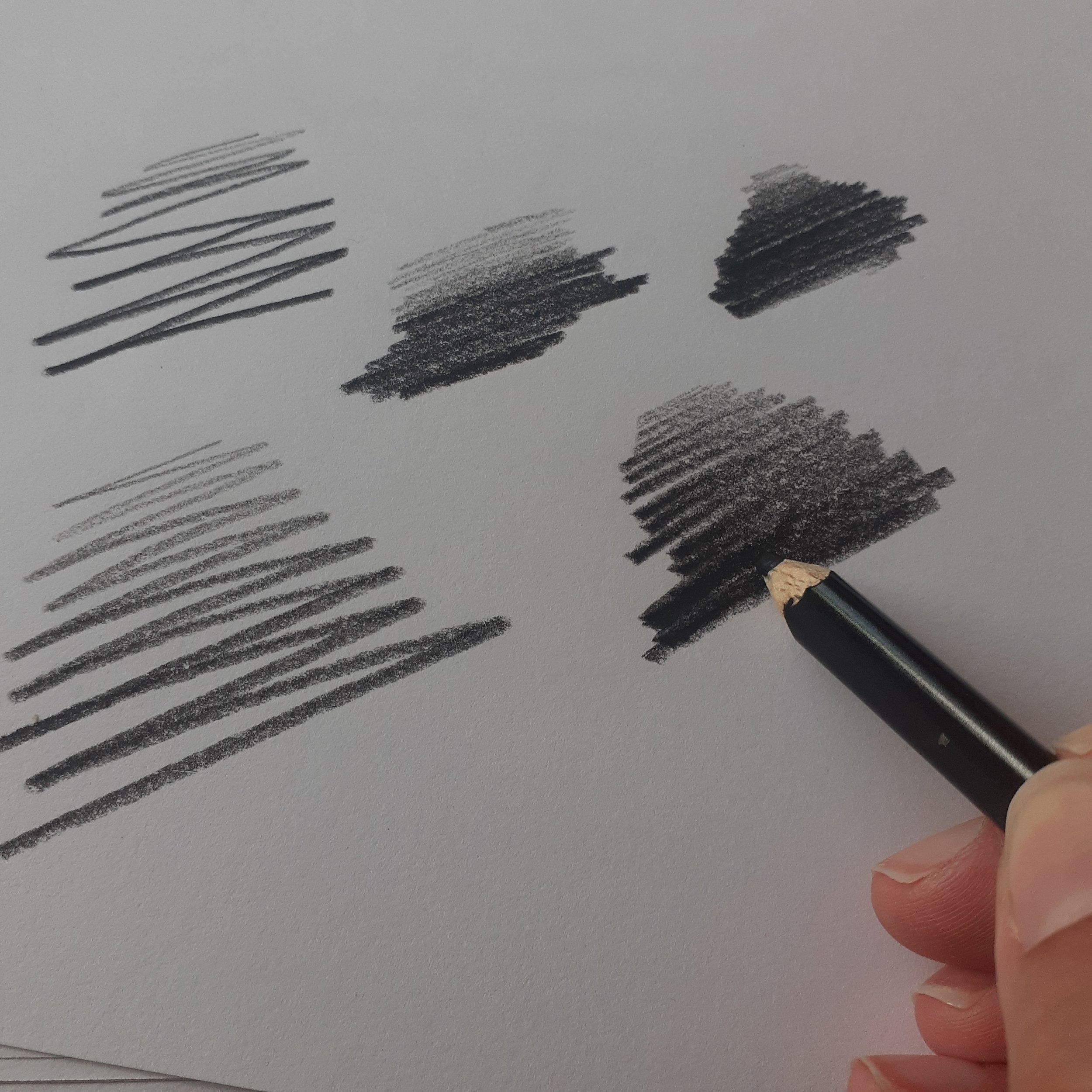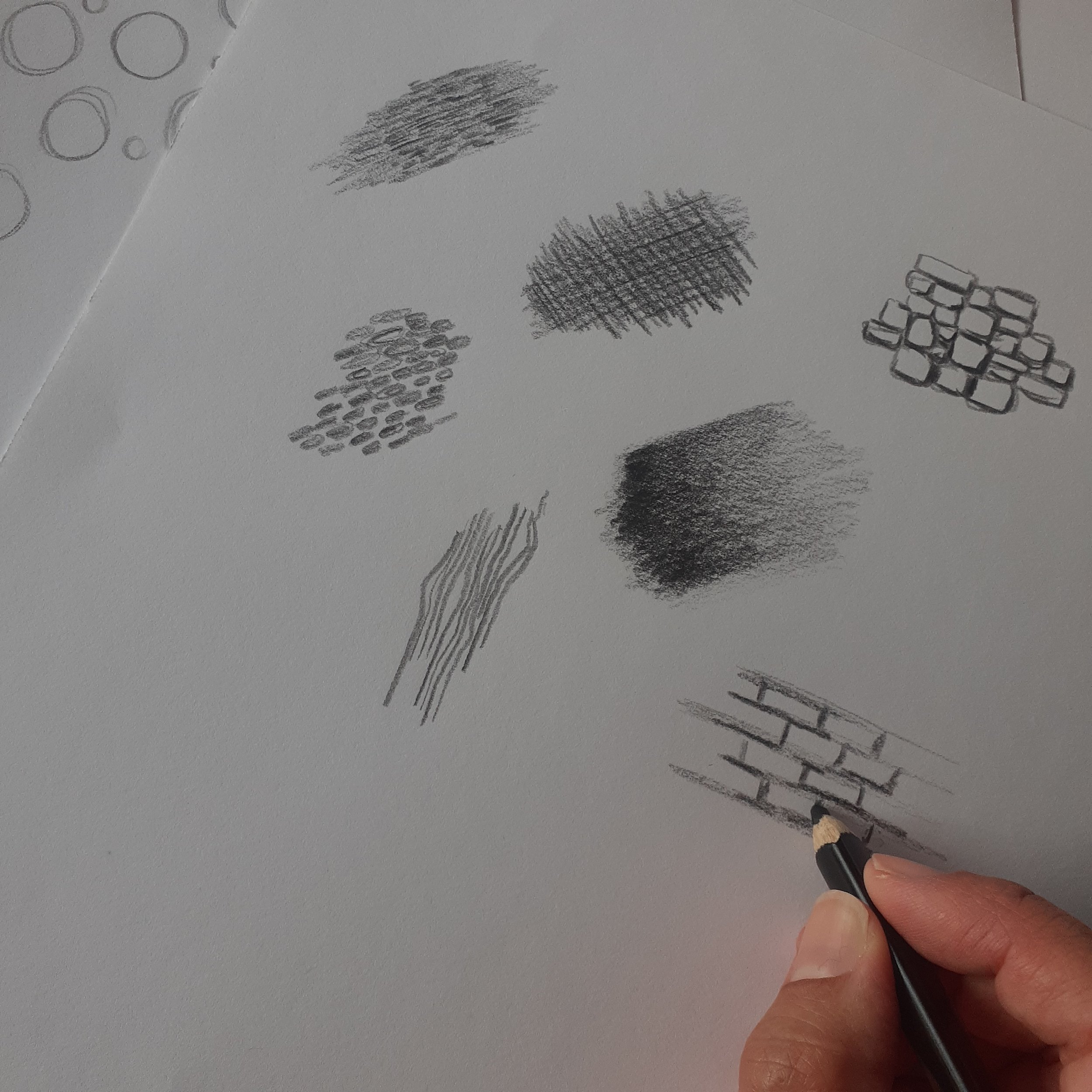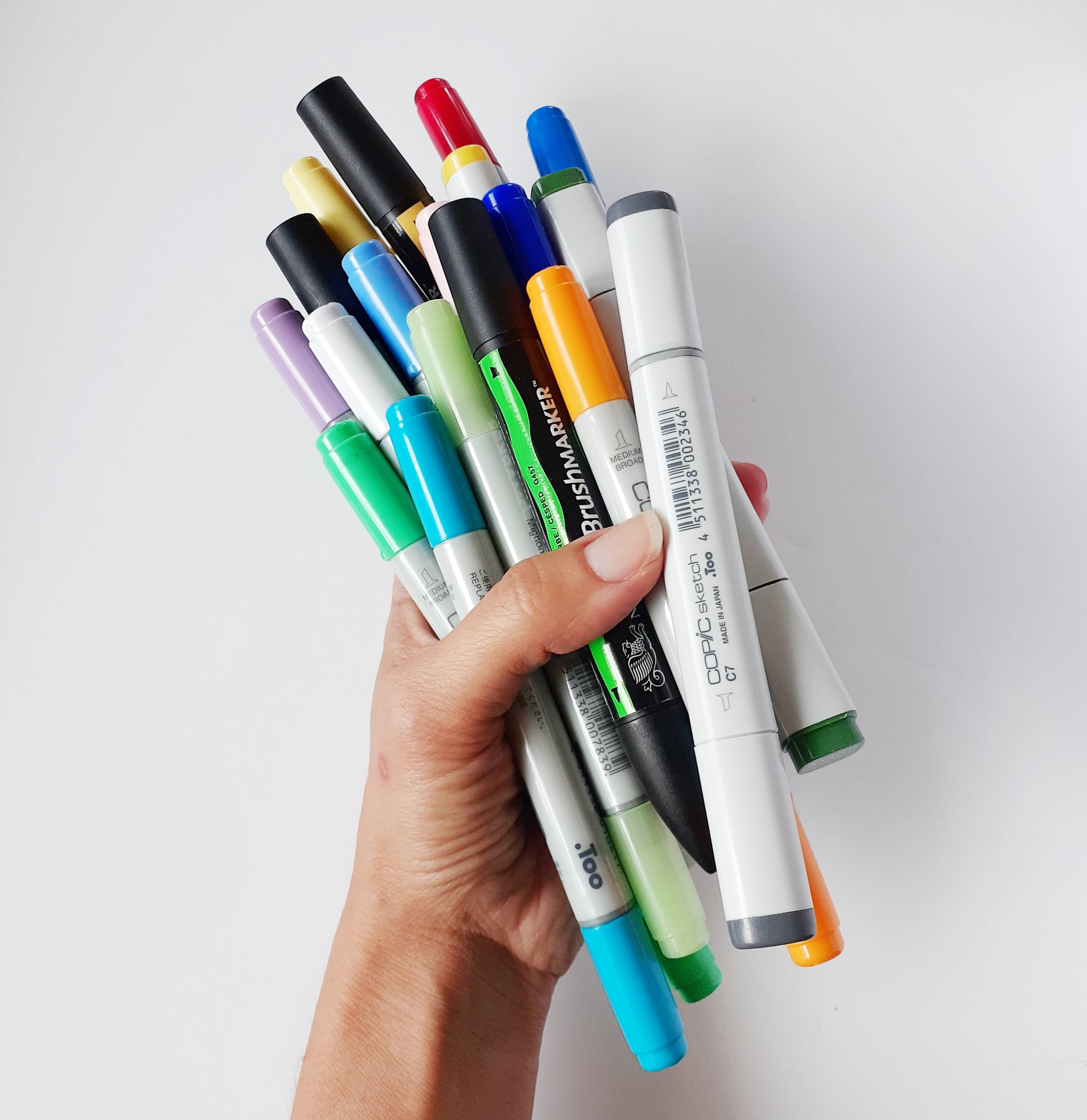When it comes to creating stunning illustrations, choosing the right paper can make all the difference. The texture, color, and type of paper you use can significantly impact the outcome of your artwork. In this blog post, we'll delve into the world of paper and explore the various options available for different mediums such as watercolors, markers, and pencils.
Different Textures
Texture plays a crucial role in how your illustrations will look and feel. Here are some common paper textures and their uses:
Smooth Paper: Ideal for detailed work and fine lines, smooth paper is perfect for pen and ink illustrations. It provides a clean, sleek surface that allows for precise control over your medium.
Hot Pressed Paper: This type of paper has a smooth, velvety finish and is excellent for watercolors. The smooth surface allows for even washes of color and fine detail work.
Cold Pressed Paper: Also known as NOT paper (Not Hot Pressed), cold pressed paper has a slightly textured surface. It's versatile and can be used for watercolors, as well as other mediums like acrylics and gouache. The texture adds depth and interest to your artwork.
Rough Paper: With a highly textured surface, rough paper is perfect for creating bold, expressive illustrations. It's commonly used for watercolor paintings where the texture can enhance the visual appeal of the piece.
Contrast and Highlights: Colored paper allows you to play with contrasts. Light-colored or white pencils and markers stand out brilliantly on darker paper, creating striking highlights and adding depth to your illustration.
Color: Setting the Mood & Enhancing Contrast
The color of the paper itself can influence the overall effect of a jewelry illustration. While traditional white paper is the default choice, experimenting with toned backgrounds can add drama and enhance metallics and gemstones.
White Paper: Classic choice for jewellery sketches, ensuring clarity and precision in technical drawings.
Gray/Toned Paper: Provides built-in mid-tones, allowing designers to use both highlights and shadows effectively. Great for creating depth in metalwork illustrations. Or great for mediusm such as gouache.
Black Paper: Creates striking contrast for white highlights, making diamonds and platinum settings pop. Perfect for pearls and white diamonds.
The right paper can transform jewellery concepts from rough ideas into polished illustrations. By understanding how texture, color, and paper type influence design work, jewellrey artists can experiment freely and bring their visions to life with greater depth and accuracy. Whether creating high-contrast gemstone studies, soft watercolor effects, or technical precision sketches, paper choice plays an essential role in the creative journey.



